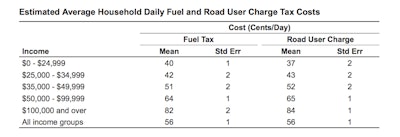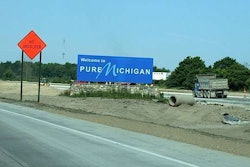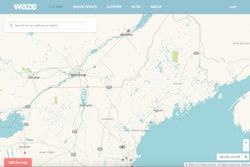
As a result, some states are looking toward adopting a new road user charge (RUC) that taxes drivers based on how many miles they drive. Oregon has already begun testing such an alternative, and as California has more drivers than any other state, it too is looking at an alternative to the gas tax.
But would such a tax end up costing more for a household or put drivers in rural areas at a disadvantage? That’s the question that the Mineta Transportation Institute wanted to answer with its new peer-reviewed study, Household Income and Vehicle Fuel Economy in California.
“The current per-gallon fuel tax is no longer keeping up with highway funding needs because vehicles can travel much farther on a single gallon of fuel. But it has been difficult to convince voters to increase that tax,” researcher Christopher Ferrell said. “If revenue were based on a fee per mile traveled, it could be more realistic.”
The findings from Ferrell and his research partner David Reinke might surprise some people.
The Mineta Transportation Institute found that there is no significant difference in the cost between a gas tax or a vehicle-miles travelled tax for any income bracket. And the tax burden wouldn’t be much different for rural and urban drivers. See the graph below for a more detailed break down.
“It is important to note that other aspects to these alternatives should be examined to provide complete information for decision makers,” Ferrell said. “For example, a fuel tax is an across-the-board tax that applies equally to all vehicles, regardless of size or weight. On the other hand, a road user charge could be based on vehicle class, which would more fairly assess different vehicle classes for the actual wear and tear they impose on the road system.”
 Graph from the Mineta Transportation Institute
Graph from the Mineta Transportation Institute









